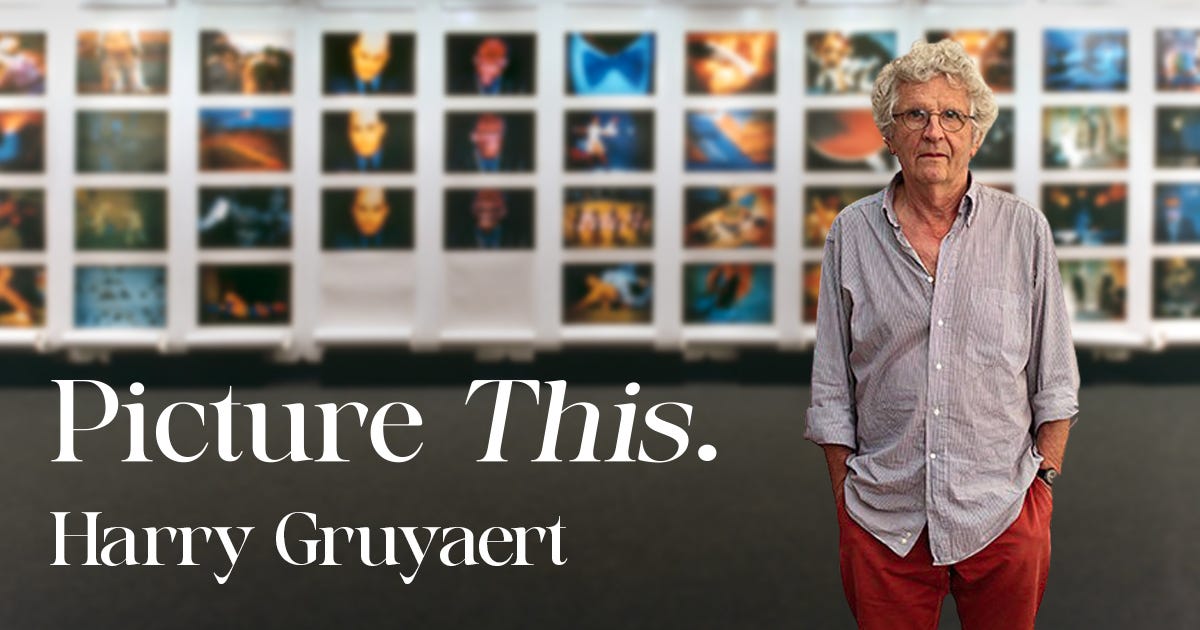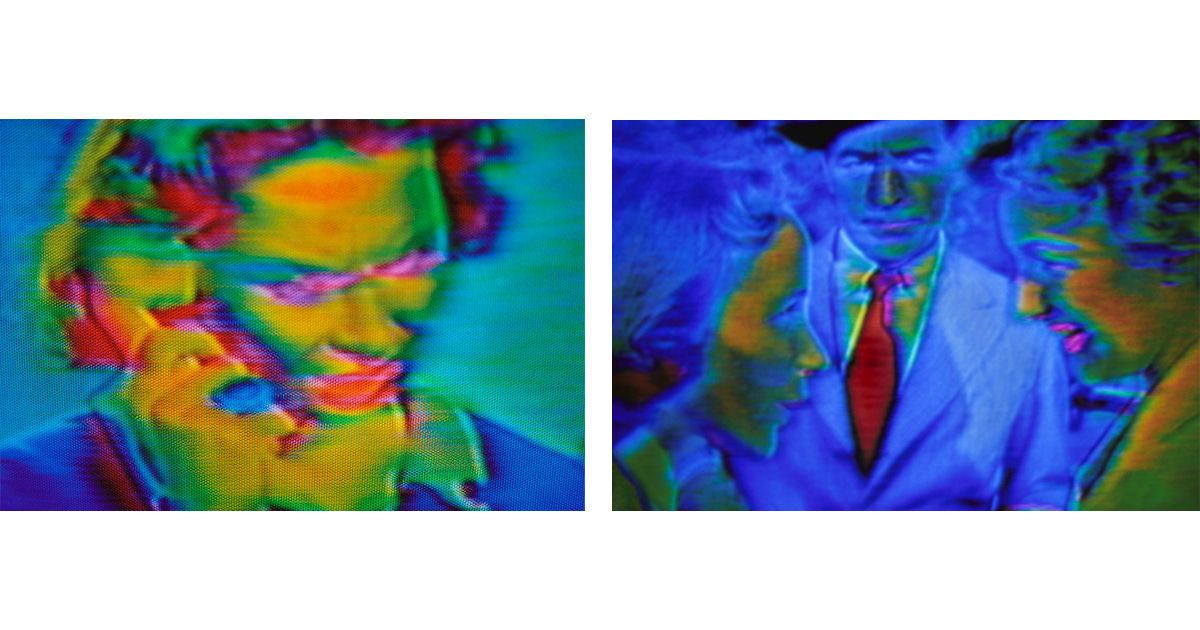It happened by accident.
I was at the Centre Pompidou-Metz, wandering through the museum shop, when I picked up a small book published by Actes Sud : Harry Gruyaert. I didn’t know the name. The cover caught my eye. I turned the pages and felt that familiar, quiet shock that only comes when you encounter something deeply alive.
The series was Made in Belgium. I smiled — of course. I’ve lived close to Belgium for years, studied in Brussels, and know its skies and streets well. But in Gruyaert’s lens, it was another world entirely. The damp light, the saturated tones, the way he turns ordinary streets into stage sets. There’s a kind of humour and melancholy in it — a tenderness for the banal. It reminded me of Martin Parr, but softer, more painterly.
I bought the book without hesitation. Since then, I’ve been seeing colour differently.
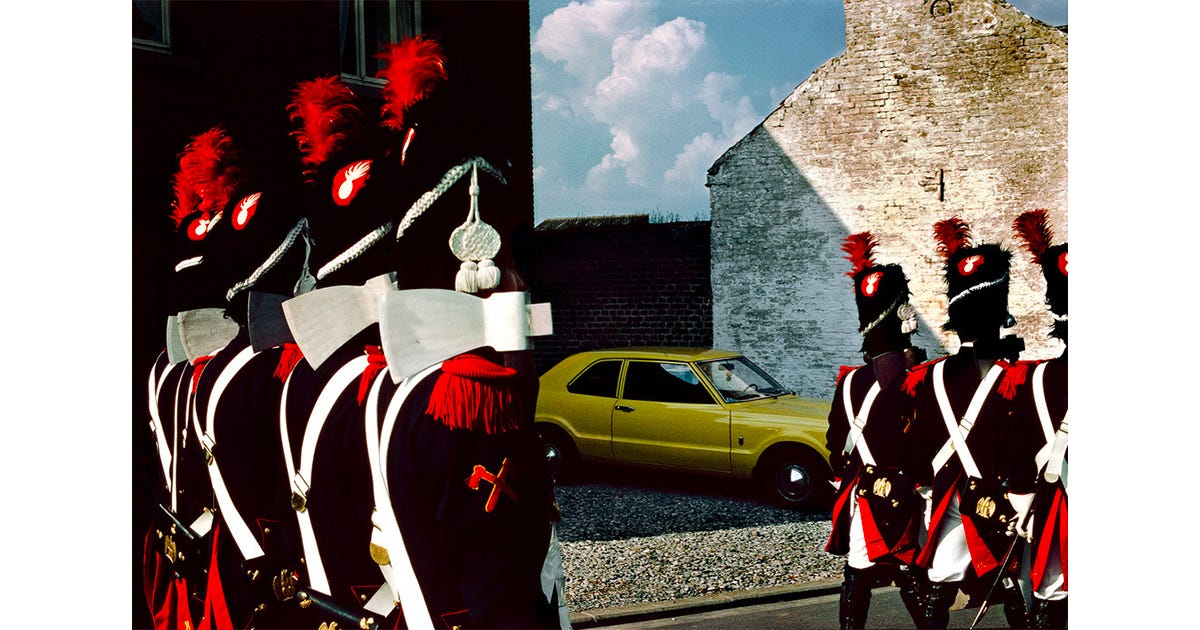
From Antwerp to Everywhere
Harry Gruyaert was born in Antwerp in 1941. He first dreamed of cinema, not photography — and it shows. He studied at the School of Photo and Cinema in Brussels, hoping to tell stories through moving images. But life had another plan. In the late 1960s, a trip to Morocco changed everything. There, under the scorching light, he discovered the language of colour. Kodachrome film became his muse.
At a time when black and white still ruled the world of photojournalism, Gruyaert dared to make colour the story itself. By 1982, he joined Magnum Photos — a rare colourist in a collective built on monochrome humanism. His presence there was almost an act of rebellion: proof that emotion could live in blue, red, and violet just as powerfully as in shades of grey.
Painting with Light
Gruyaert often said he reacts physically to colour. You can sense it in his images — they vibrate. His compositions are meticulous yet instinctive, almost musical. He doesn’t hunt for drama; he waits for harmony, for that fleeting instant when geometry, light, and movement align.
A purple shadow stretching across a sunlit wall. A man in a blue suit passing behind a red curtain. A streak of green light on wet pavement.
In those moments, he turns the world into a painting. The people who appear in his photographs are not subjects; they are brushstrokes. He once said he isn’t interested in “stories,” but in “what colours do to each other.” And somehow, that’s exactly what makes his work so human.
Made in Belgium — Familiar Yet Foreign
The Made in Belgium series is where I first met his gaze — and where I felt most at home.
A woman standing in front of a butcher’s shop. A man in a raincoat framed by a neon reflection. There’s something both ordinary and surreal in these scenes. Belgium, with its cloudy skies and red-brick melancholy, becomes almost cinematic through his eyes.
For me, these images feel like memories I’ve never lived: the bus stops of Brussels, the seaside of Ostend, the flicker of a café sign at dusk. Gruyaert doesn’t romanticize his country; he transforms it. The result is both humorous and heartbreaking — a portrait of a place caught between grey skies and electric light.
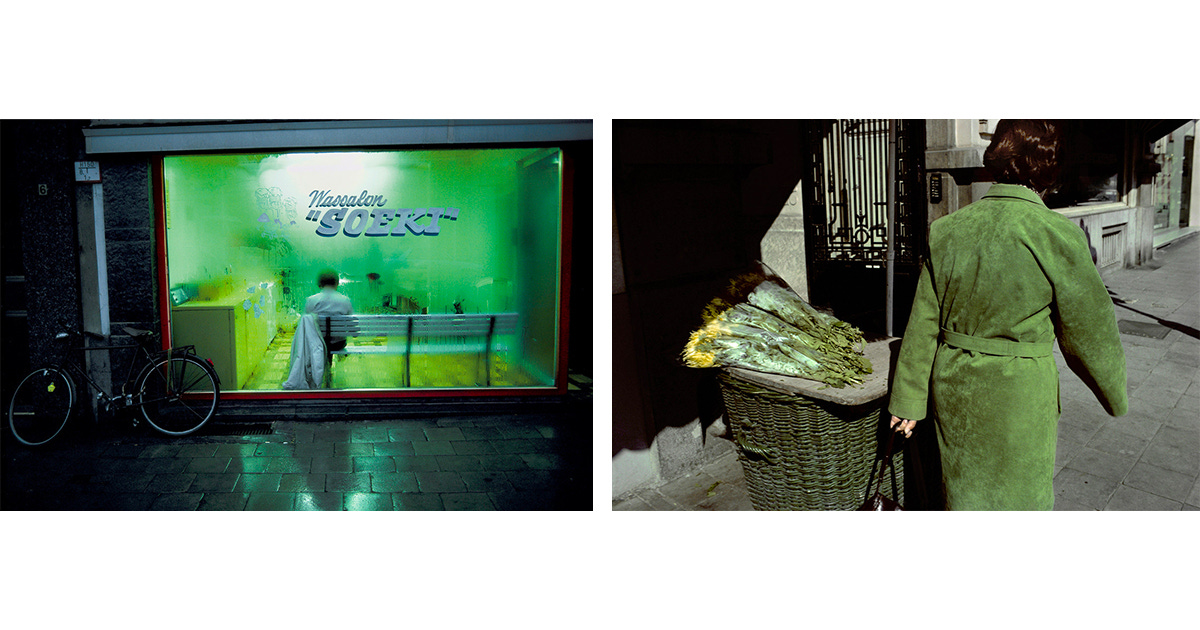
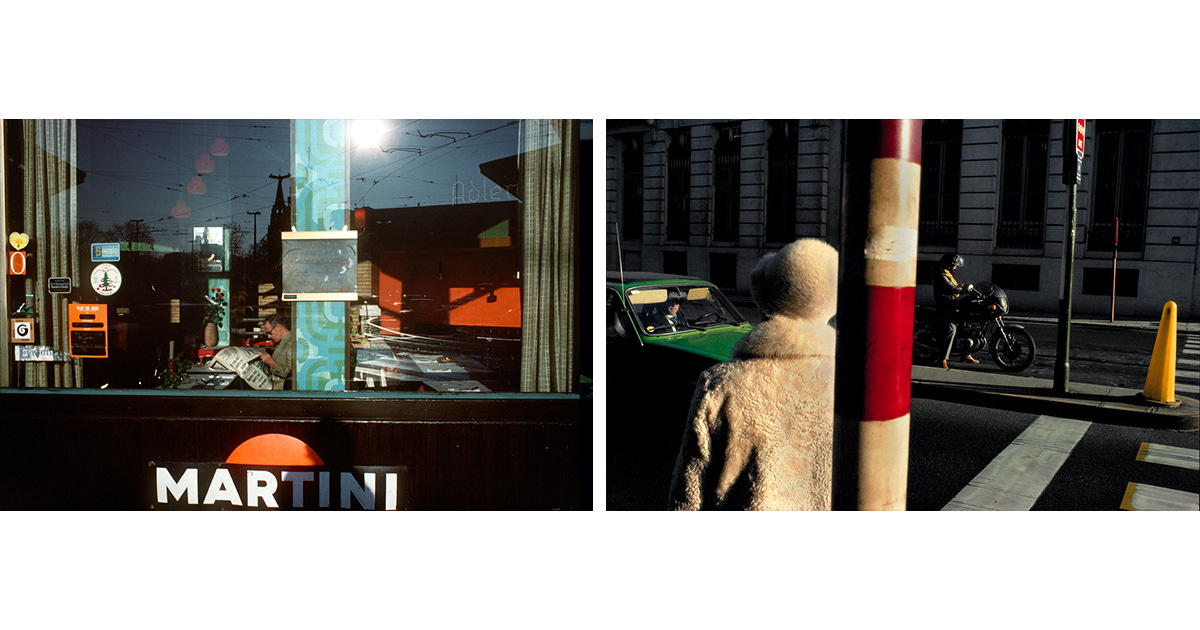
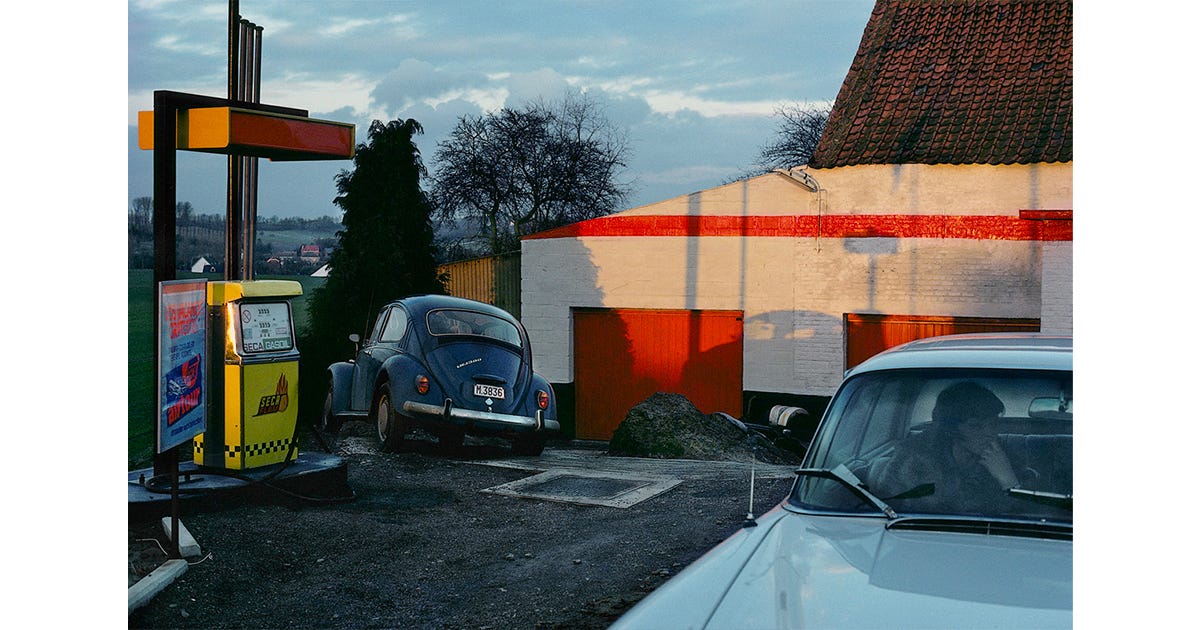
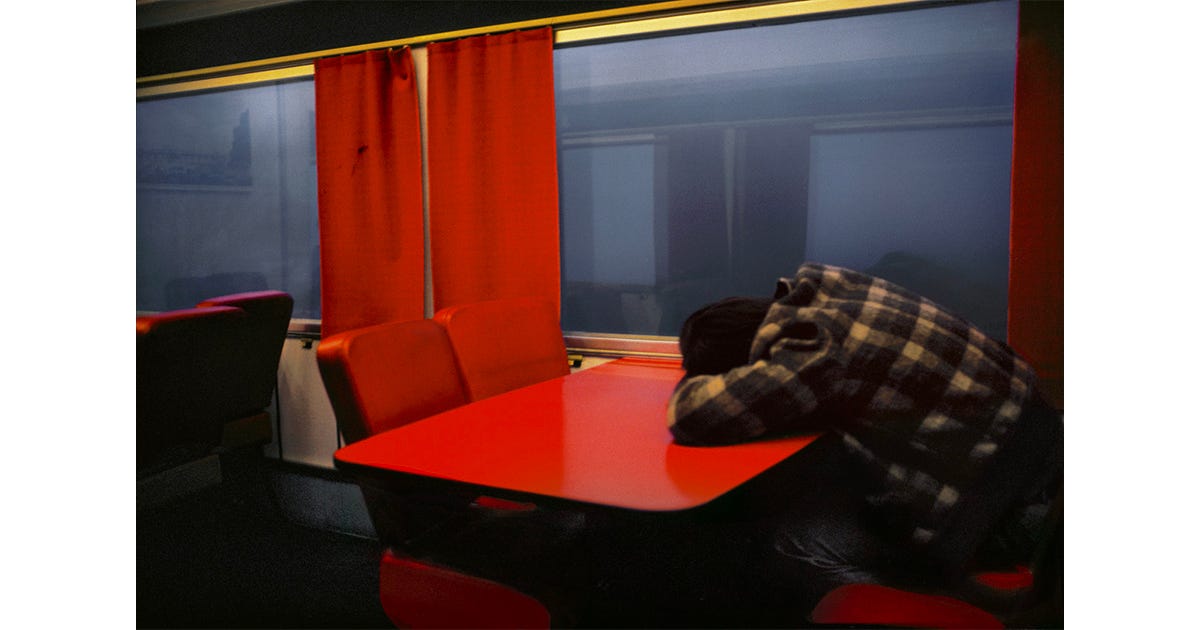
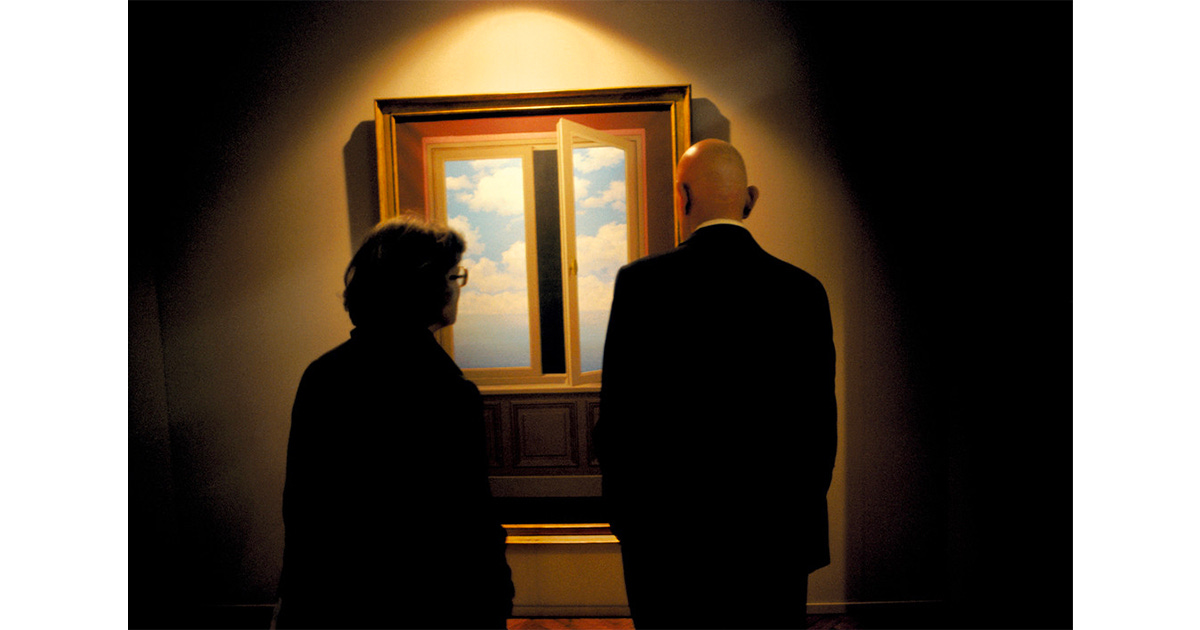
Airports — The Geometry of Departure
Then there’s Airports.
I’ve always found airports strangely poetic — those in-between spaces where no one quite belongs. Gruyaert captures them as no one else does: reflections on glass walls, luggage shadows sliding across polished floors, strangers framed like modern sculptures in transit.
His Last Call series feels like a meditation on modern life — the quiet choreography of waiting. Light becomes architecture; travellers become silhouettes in a composition of chrome and neon. It’s beautiful, lonely, and strangely serene. In his hands, even the act of waiting feels like art.
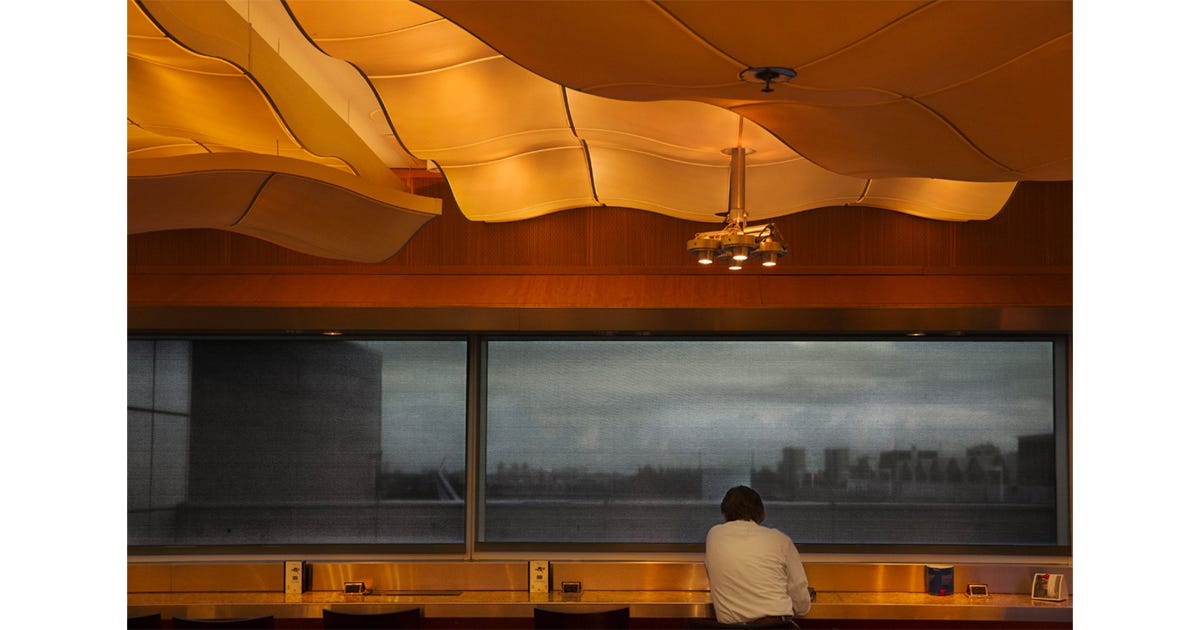
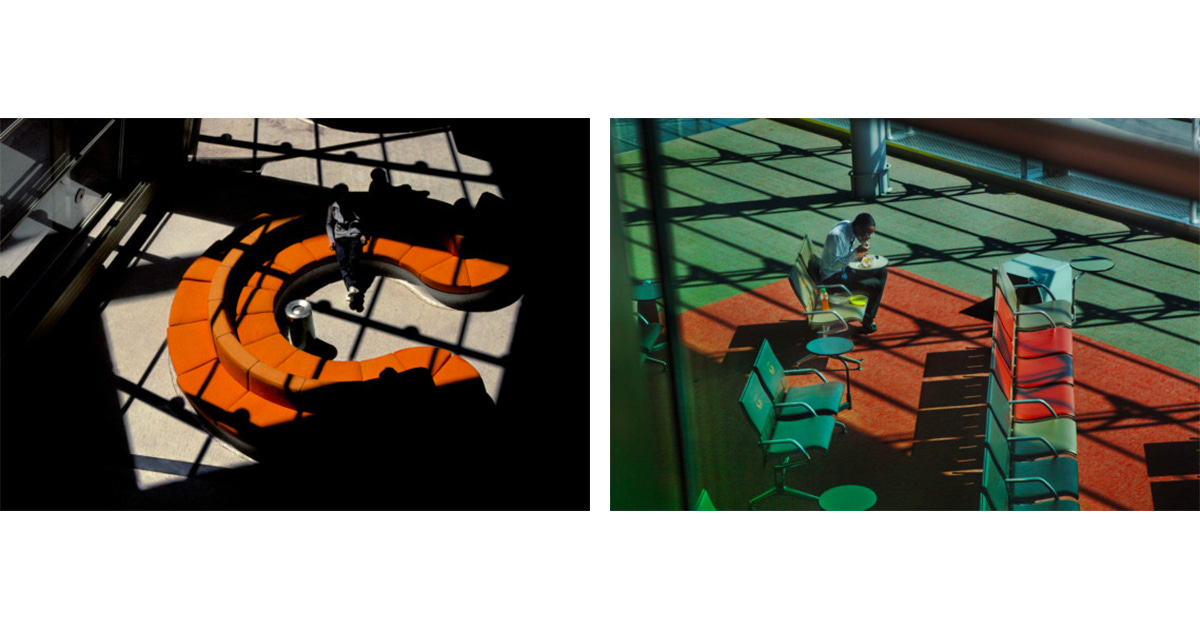


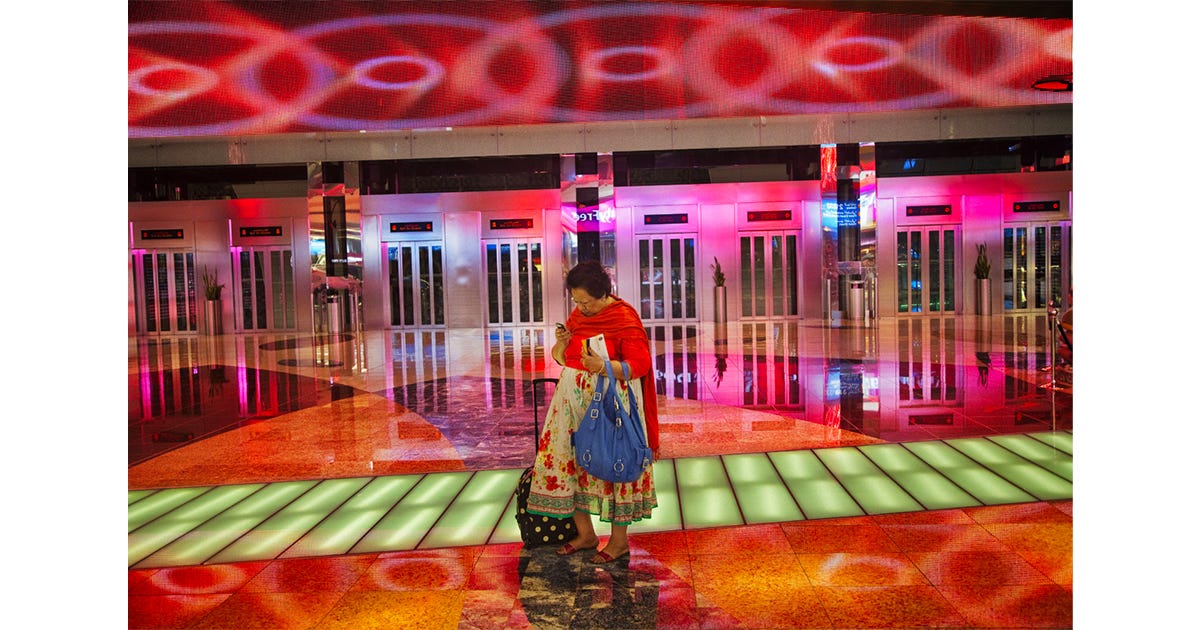
TV Shots — Screens and Shadows
In the 1970s, long before the digital age, Gruyaert turned his camera toward television screens. He photographed what he saw there — images already filtered, already framed — and somehow gave them new life.
The TV Shots series is hypnotic: faces distorted by static, colours bleeding into one another. It’s both pop and poetic, a reflection on how images consume us. Long before we scrolled endlessly through screens, Gruyaert was already questioning what it means to look, to be a spectator in a world saturated with light.
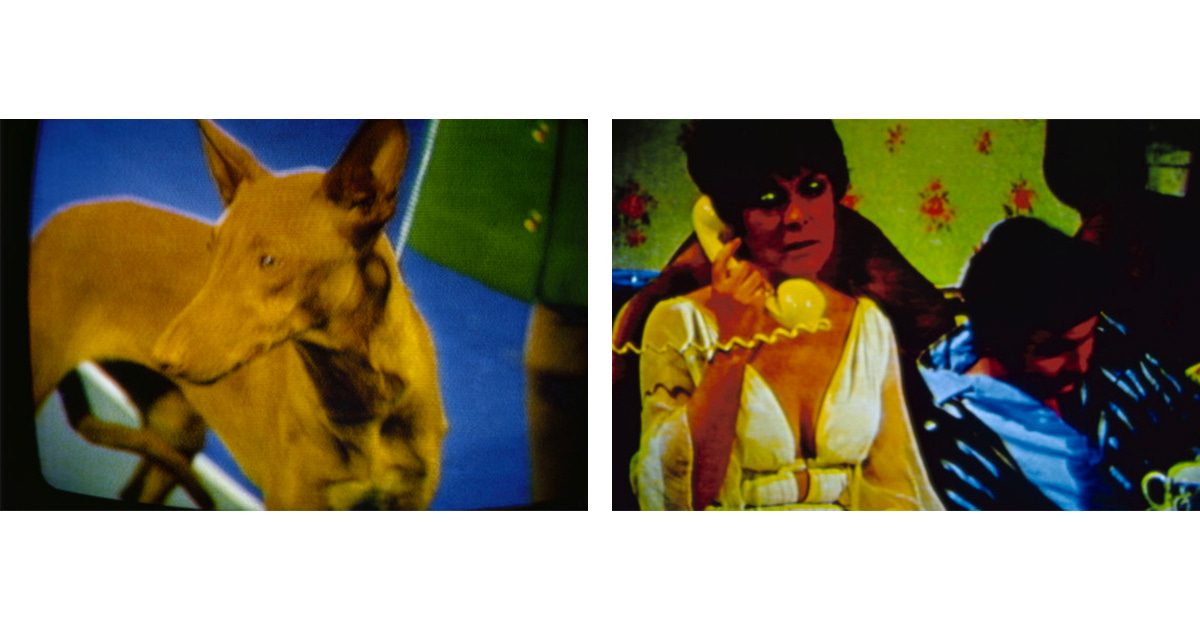
Morocco — Where It All Began
Morocco was the spark that ignited everything. The warmth of its light, the ochres and blues, the deep reds that seem to hum under the sun — this is where Gruyaert found his voice. He often returned, fascinated by the rhythm of daily life there. The markets, the shadows, the sudden bursts of colour against earthen walls.
In these images, colour is not decoration — it’s emotion. You can almost feel the heat, the dust, the stillness. His Morocco is both vivid and quiet, a place where time expands and every shade has a soul.
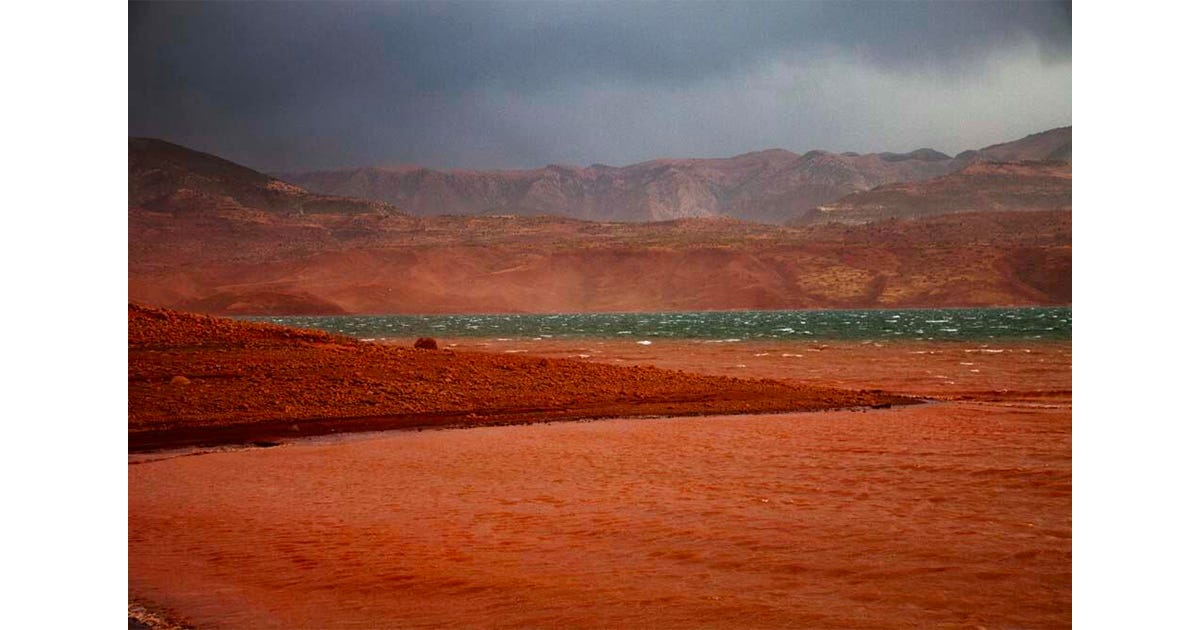
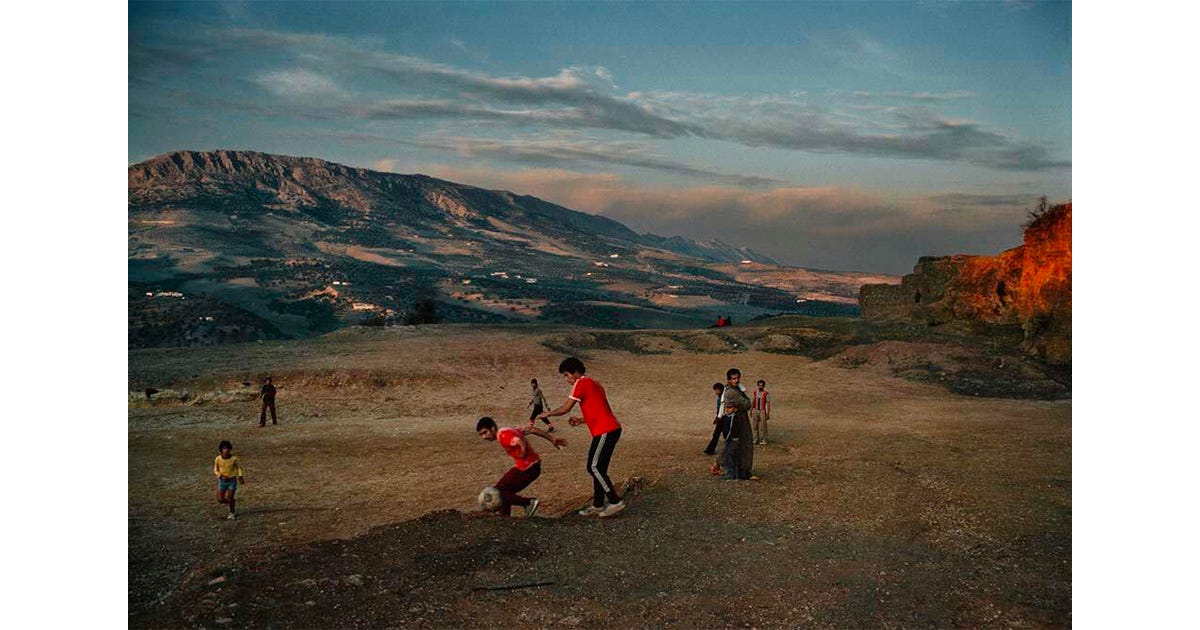
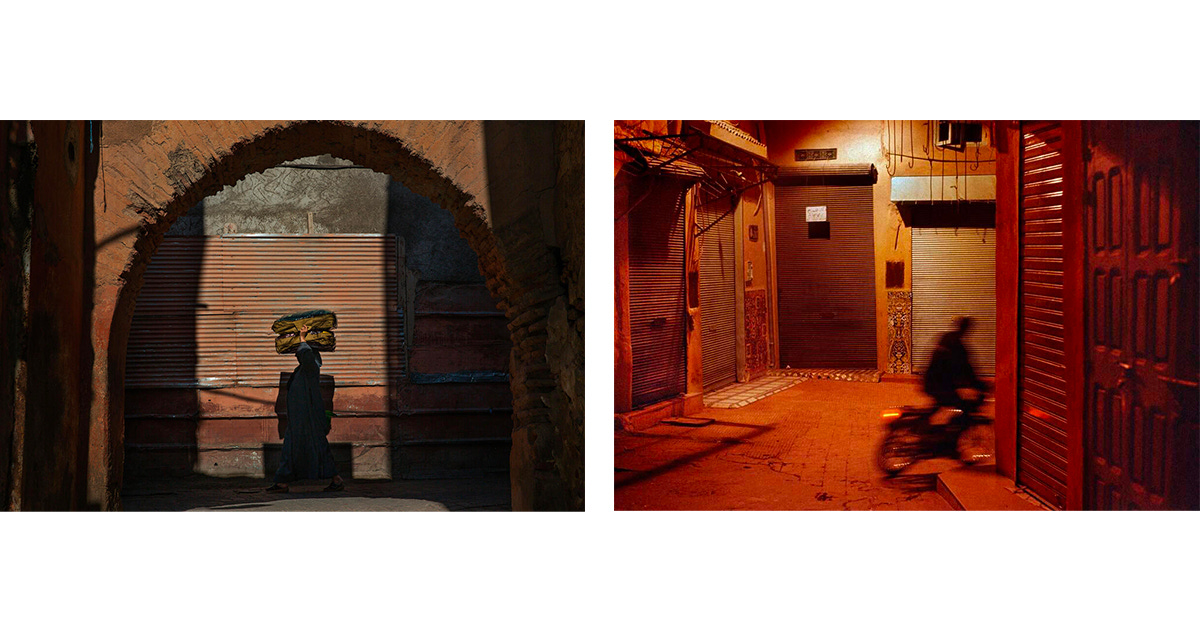
Learning to See Again
What I love most about Harry Gruyaert is not just what he photographs, but how he teaches us to look. His work isn’t loud. It doesn’t demand attention. It invites it.
Since discovering him, I’ve caught myself slowing down — noticing the red of a bus against a green hedge, the way violet shadows creep across a white wall at sunset. Gruyaert’s photographs remind me that beauty often hides in the corner of our eye.
He showed us that the everyday can be extraordinary — that the world, in all its chaos, is still full of grace if we take the time to see it.
And maybe that’s what makes his images unforgettable: they don’t just show colour; they make us feel it.
Follow me on Instagram @celinescape_



